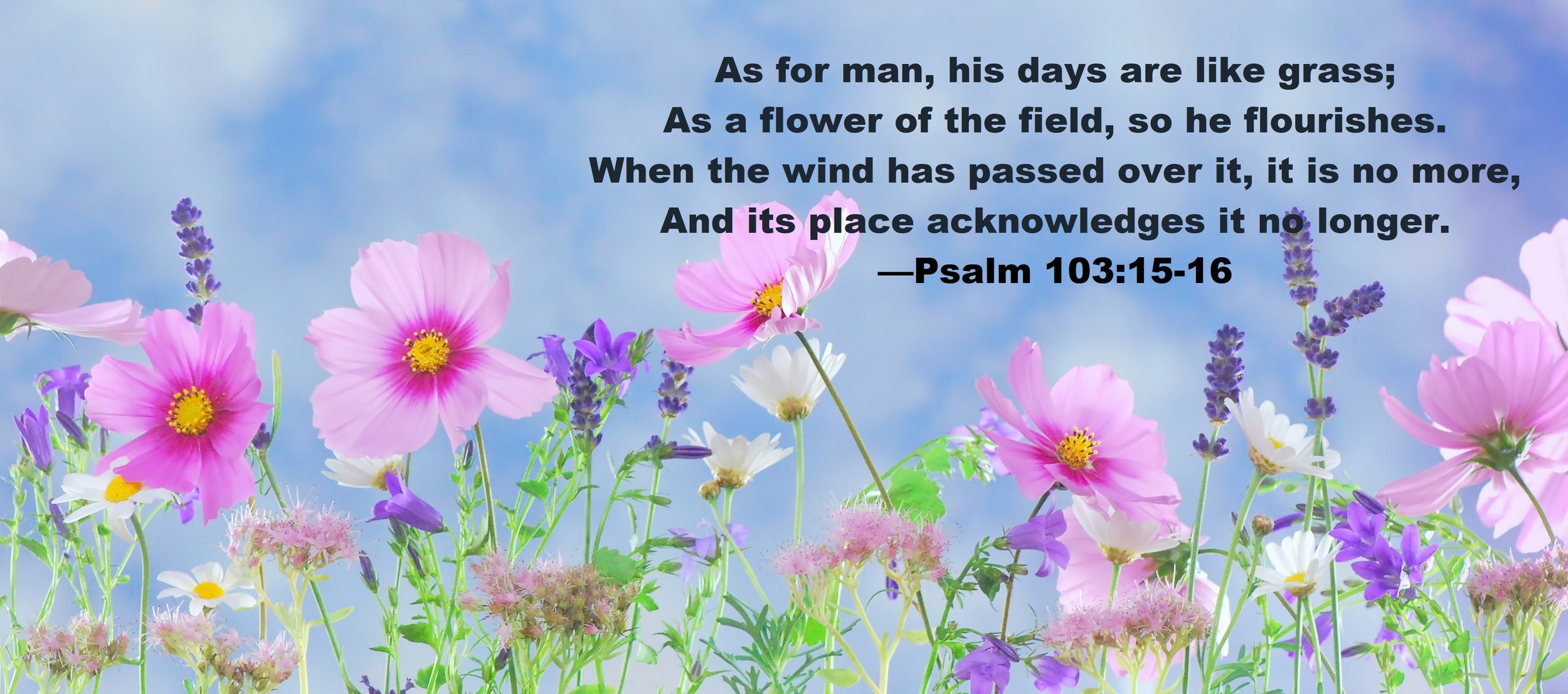Père Lachaise is the largest cemetery in the city of Paris. Jim Morrison, Edith Piaf and Oscar Wilde are laid to rest there. On the April day my husband and I visited, tree-covered streets welcomed under a brilliant blue sky — such a contrast to the dark mausoleums and somber headstones that crowded the rolling 110 acres of the property.
Most curious were the tiny phone booth-sized chapels dedicated to the departed. Many of them, over a century old, had moldy padded kneelers as though expecting long-dead mourners to return at any moment. Each edifice, tombstone, and angel statue seemed to say, “This life mattered.”
Père Lachaise stood in sharp contrast to the Paris Catacombs we visited days later. Those underground ossuaries, five stories below street level, contained the remains of over six million forgotten people — anonymous stacks of skulls and bones lining a 2 kilometer path — a ghoulish, and frankly tiresome, tourist attraction.
Mom had only been gone two months when we went to France, but neither of those obvious reminders of death made me think of her; rather, it was The Tuileries Garden. Lush spring beds interspersed with sculpture, she’d have known the names of every flower when she was healthy, not so long ago. Though Mom and I had had our troubles, we connected over gardening. My own yard back home was filled with brilliant colored perennials — many given to me by her. Overcome, I pulled my husband Dave into a quiet corner of The Tuileries and I cried.
It was fitting that no cold monument of stone in a cemetery or macabre pile of bones in a damp cave had touched that aching place inside me that missed Mom. Instead, it was the tender, evanescent spring blossoms she loved so much — in a beautiful garden in Paris.
“As for man, his days are like grass;
As a flower of the field, so he flourishes.
When the wind has passed over it, it is no more,
And its place acknowledges it no longer.”
